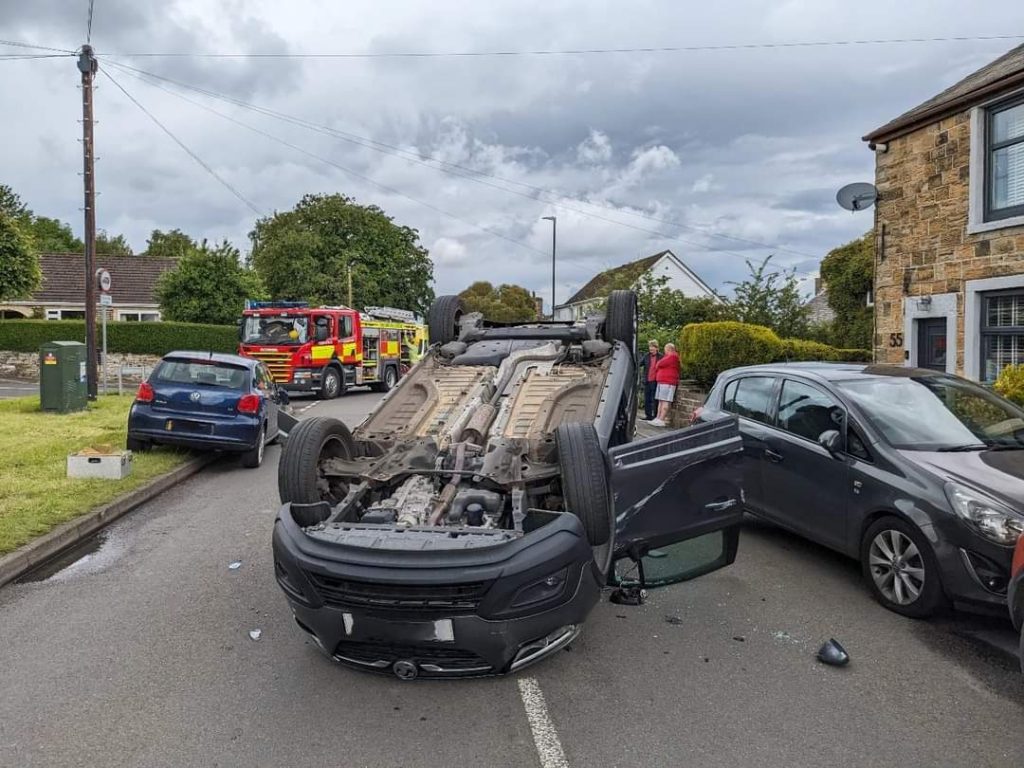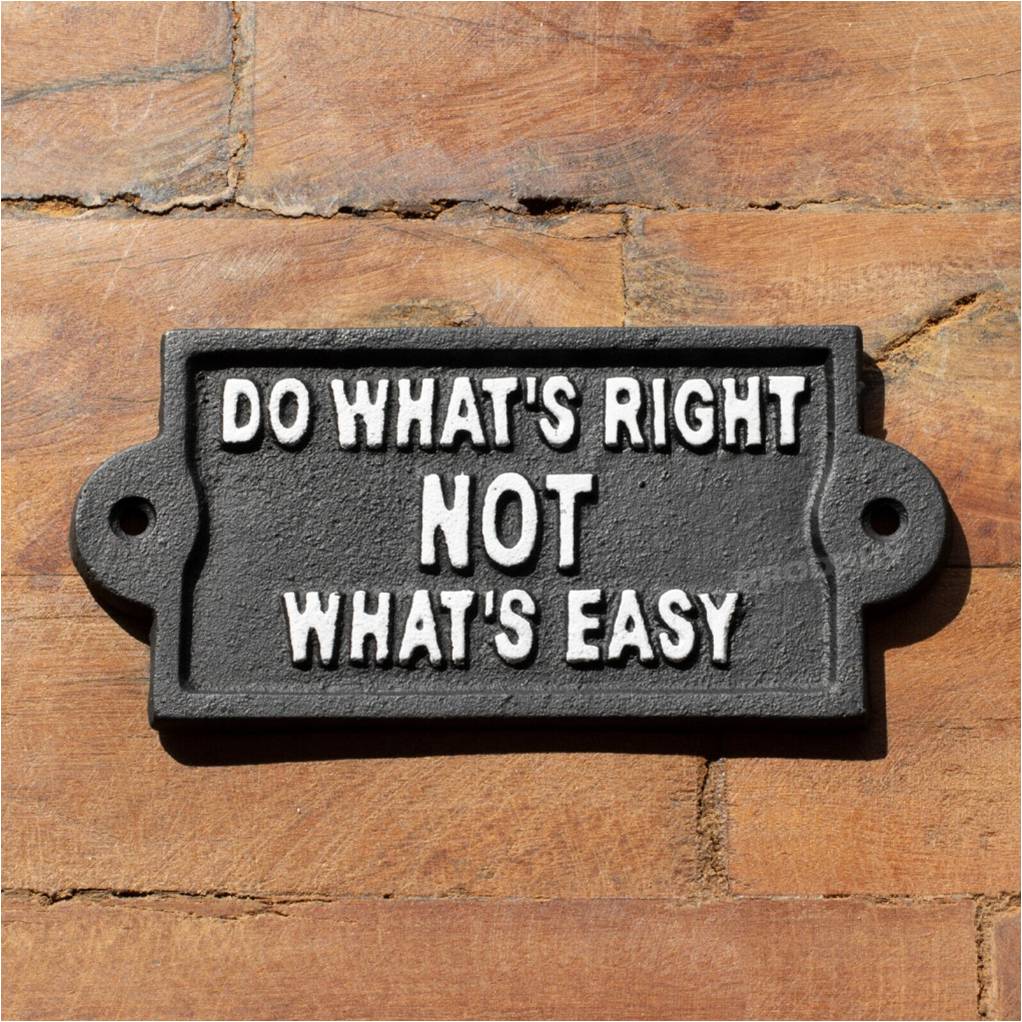
The purpose of this Campaign is to reduce the risk of all crashes regardless of severity.
Our starting point is to deeply undertand the root causes of crashes as viewed through the uncompromised lens of the Mind Driving Risk Model. Only by doing so will we gain a cool-headed appreciation of the role of speed in relation to all other factors involved.
This is necessary to counter exaggerated claims made by the “Speed Kills” lobby whose superfical propaganda compromises safety by glossing over what is really going on.
The Recipe For A Crash
Mind Driving shows that all crashes contain the same three ingredients:
- something is moving
- something unexpected happens
- someone runs out of room.
Then the impact occurs – it’s as simple as that!
- We don’t crash if nothing is moving
- We don’t crash if we anticipate what could happen
- We don’t crash if we ensure our distance from others never gets to zero
This can usefully be thought of in just three words:
- Speed
- Surprise
- Space
These elements are the ingredients of the crash recipe. They are ever present and it is imperative that all drivers are fully trained to understand them – unlike at present.
The Mind Driving Risk Model Revisited
As described on the Mind Driving page, the relationship between the three crash ingredients is a crucial one. It can be modelled as follows:

We noted previously that:
- increasing Speed or Surprise will normally tend to raise risk but
- increasing Space will normally lower risk – often dramatically.
This realisation carries weight.
Three Questions For Drivers To Keep at the Forefront of their Minds
- Speed: How well can I change speed or direction to avoid a potential collision?
- Surprise: How certain am I about what will happen next?
- Space: How much room do I have available to use, and share?
Drilling deeper we can add……
Speed: How well can I change speed or direction to avoid a potential collision?
- Controlling speed is not an isolated element of safety
- More casualties happen in crashes below speed limits than above them
- Choosing a safe speed is the driver or rider’s responsibility and cannot be delegated to a speed limit
- The driver’s assessment of the risks in their chosen speed should be very objective
Surprise: How certain am I about what will happen next?
- Collisions are caused by things we did not expect to happen
- Surprise causes rushed thinking and sudden actions
- When it is properly understood, Surprise is probably the biggest source of danger on the road
Space: How much room do I have available to use, and share?
- Road space is to be shared, not hogged as a piece of ‘personal territory’
- Increasing space dramatically lowers risk
- Good use of space is a sign of many other skills too
This leads to the conclusion that….
THE WAY TO AVOID CRASHING THEN IS TO
KEEP ALL THREE ELEMENTS OF THE RISK MODEL IN BALANCE
The Road Safety Establishment’s Best Kept Secret
The fact that a miniscule number of drivers know about something of such fundamental importance as the Risk Model, other than intuitively, is because a requirement to teach it was never adopted by the DVSA. Consequently drivers ever since have been deprived of a proper understanding of how to stay alive on the road.
This is a travesty for drivers and for crash victims alike. It could so easily be rectified with political will which has so far been absent. Our Reform 2 seeks to rectify this.
Every driver when asked about any situation encountered on the road
should be able to respond instantly and effortlessly
in terms of the Risk Model
The words ‘Speed, Surprise and Space’ should roll off the tongue
and the need to keep all three in balance should be well understood.
The common language of the Mind Driving Risk Model
will have been drilled into them in training
and their understanding and application of it thoroughly tested
before being awarded a full driving licence
Putting The Risk Model Into Practice
Although apparantly obvious, drivers only begin to appreciate the profound significance of the Risk Model when they come to apply the discipline of keeping speed, surprise and space in balance every time they get behind the wheel. This then becomes a generic skill across all situations and gives their driving purpose.
Campaigns to remind us to keep our distance or not to hog the middle lane of a motorways become largely redundant if we drive in accordance with the Model. We then know automatically how to approach every situation from icy roads, horse riders, cyclists or low winter sun without the need to be patronised with dictats and rules.
This is because Mind Driving trains us to think for ourselves and to take responsibilty for the way we drive with reference to the Model. So, for example, if the low winter sun is in our eyes we instantly recognise that Surprise may lie ahead that we cannot see because of the dazzle. We adjust our Speed so as to create Space until we can see the road ahead clearly again; Speed, Surprise and Space working together in balance.
Becoming a better driver means taking an explicit decision to continuously learn from these driving encounters. The more we apply the Model when driving, the more our control of risk becomes intuitive and the safer we become.
An Example In Which ‘Surprise’ is Prioritised
We noted above that, when it is properly understood, Surprise is probably the biggest source of danger on the road, so let’s start with that.
There are three types of surprise and all are equally deadly:
- Received Surprise – Someone surprises you.
(Antidote: Anticipation) - Given Surprise – You surprise someone else.
(Antidote: Being Predictable) - Self-inflicted Surpirise – You cause yourself to be surprised
(Antidote: Having Specific Intentions)
So, Surprise isn’t just about what people do to you, it’s as much about what you do to other people and what you do to yourself. Only vigilant observation plus skilled interpretion of what we are seeing and sensing all around us will keep everybody out of harms way.
We further noted that increasing Space dramatically lowers risk. And so if we have used our powers of observation and interpretation correctly, and given space to danger, we will create a safety buffer against collision.
If we assessed these element correctly, and applied the maxim that our choice of speed should be very objective, a safe speed in every situation becomes a consequence.
The Problem With Having To Relinquish Control Over Speed To A Speed Limit
We are currently in the midst of a trend which is seeing speed limts set unnecessarily low throughout the UK for ideological reasons masquerading as safety. This irrational speed limit setting is part of a globalist agenda designed to make driving irksome and unattractive in order to get cars off the road.
The problem with relinquishing control over speed to a speed limit from the Risk Model perspective however is that Speed becomes separated from Surprise and Space, and therefore…..
Fixation on speed in isolation leads drivers to wrongly assess risk.
It destroys the possibility of achieving the balance required by the Risk Model
and thereby sub-optimises safety.
Bottom Line – Do Not Infantilise The Majority Because Of A Minority
Because drivers face a unique and dynamic combination of circumstances behind the wheel, they must be afforded full control over their decision making, seeking to keep the three risk factors in balance in order to keep themselves and others safe.
After all, having been awarded a full licence to drive after a DVSA approved test, people have a reasonable expectation that the State will treat them like grown ups and trust them to process information correctly in accordance with their training.
Thankfully the overwhelming majority of drivers can be so trusted and it is only a small minority who, for whatever reason, cannot.
If government is really concerned about improving road safety therefore, the system should be geared to raising the driving standard in the first place and offerring additional help to those that the police identify could benefit from remedial training or else need to be taken off the road.

Our Reform 2 addresses the first point and the restoration police patrols (Reform 3) will weed out the genuinely rogue drivers who are incapable or unwilling to become better drivers.
It is not the job of the State, however, to seek to micro-manage peoples’ driving as a substitute for fulfilling its own responsibilities, attempting to usurp control of driver’s decision-making behind the wheel.
By setting speed limits unreasonably low, the personal responsibilty for choosing a safe speed is stolen from all drivers by the nanny State. Yet the driver is still held responsible when things go wrong and “the State”, which cannot possibly be aware of the prevailing circumstances, simply washes its hands of any responsibility. This is an intolerable situation which cannot be allowed to continue.
The bottom line is that the overwhelming majority of drivers are sensible people who if properly trained should be trusted to choose a safe speed for the circumstances. Let them do so acknowledgeing that crashes will still happen from time to time as a simple fact of life.
How much safer would we be however if the dynamics of the Risk Model were to be drilled into learner drivers and their thinking skills tested explicitly in a driving test?
Conclusion
Obsessing About Exceeding Speed Limits Is A Dangerous Smokescreen
It Detracts Attention From The State’s Responsibility
And The Thinking Skills That Drivers Really Need
Thereby Doing Drivers and Crash Victims an Enormous Disservice
Speed Kills or Better Driving Saves Lives?
You Decide!